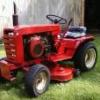Sign in to follow this
Followers
0

Trying to get a siezed engine to turn over, any ideas?
By
Doubletrouble, in other brands

By
Doubletrouble, in other brands